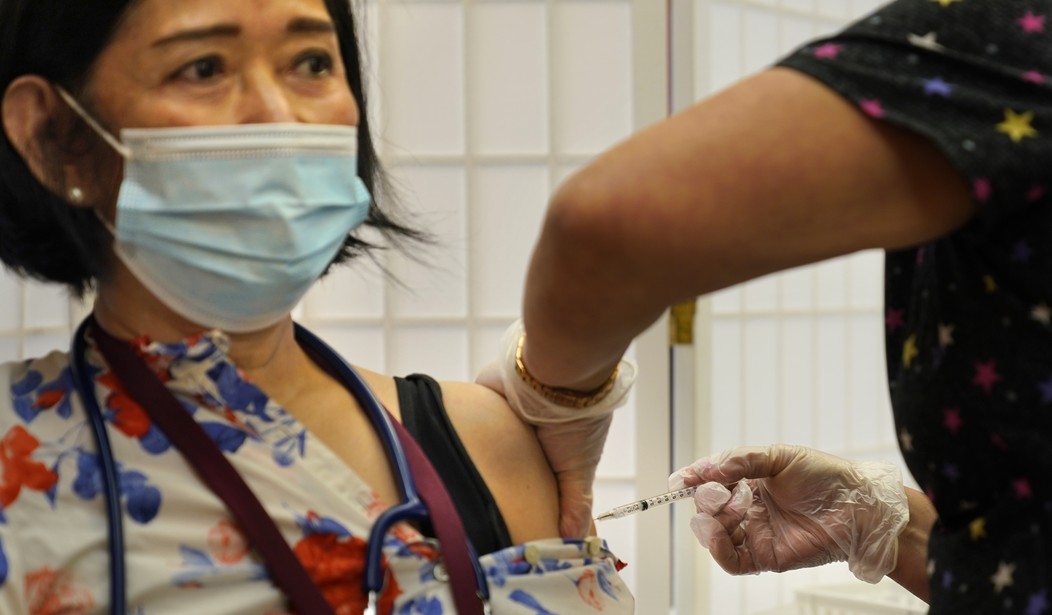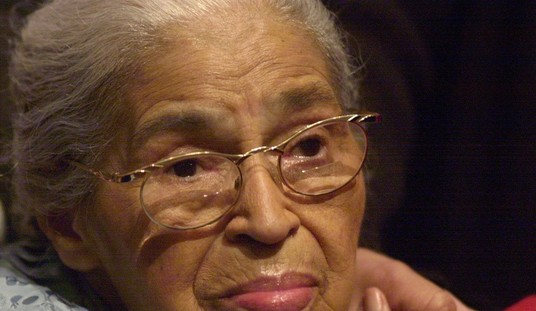Insurance industry leaders globally started to sound the alarm about a high rate of excess mortality and disability among working-age Americans months ago. This trend has gone underreported by the media and unacknowledged by government leaders for months. Yet, it partially explains why the labor market remained so tight, forcing rising wages in an economy riddled with record inflation. Federal Reserve Chairman Jerome Powell finally brought it up in recent remarks.
Powell noted in his speech last week that the unemployment rate remains near a 50-year low. During his back and forth with reporters, Powell finally acknowledged that part of this is structural and not the result of Biden’s excellent economic policy.
We don’t see — despite very high wages and an incredibly tight labor market, we don’t see participation moving up, which is contrary to what we thought. So the upshot of all that is the labor market is actually — it should — it’s 3 1/2 million people at least smaller than it should have been based on pre-pandemic. Just assume population and reasonable growth and aging of the population, our labor force should be 3 1/2 million more than it is.
He credited part of the shortage to accelerated retirements, saying that people are choosing not to return to work at higher rates than expected. He cited a statistic of up to 2 million people retiring early.
Then Powell said that almost half a million who should be in the workforce died of COVID-19. That is a significant overestimate, according to CDC data. There have been 1,083,279 COVID deaths, and Americans between the ages of 18 and 65 do not equal half of the total. According to the CDC, less than one-quarter of a million working-age Americans died with or of COVID. And not all of those deaths are excess deaths. So a labor force reduction of 500,000 due to Covid is an absurd assertion.
Recommended: THE TWITTER FILES, Part VII: The FBI All Up in Twitter’s Business
Edward Dowd, Founding Partner of Phinance Technologies and former Managing Director for BlackRock, has a very different assessment of the data on “retirements” and deaths. Dowd has analyzed the excess death and disability trend among working-age people since it emerged in actuarial data. While his total number of missing American workers is similar to Powell’s, where they come from is different.
“If you’re wondering why you’re seeing ‘Help Wanted’ signs and why it’s hard to hire people and why things are starting to get delayed or what have you, it’s gonna have knock-on daisy chain effects, I think, for years to come,” Dowd said in an interview on the Highwire. “It’s like a glacial Mad Max.”
Dowd’s data comes from the insurance industry, the CDC, and the Bureau of Labor Statistics. The insurance industry data covers people employed in large and mid-size companies that offer supplemental life and disability programs. The employer often pays for these policies as part of a total benefits package. The other sources are population-level data.
In testimony for a roundtable on COVID vaccines convened by Senator Ron Johnson (R-Wis.), Dowd cites long-term research showing that people employed and covered by group life insurance are generally healthier than the rest of the population. They experience less disability and death. Part of this evidence is the profitability of group life products for insurance companies. They do not pay out at the rate of individual policies for the general population.
People on these policies have a mortality rate of about one-third that of the U.S. population. Yet Dowd’s review of data from the Society of Actuaries shows a stark shift in excess mortality from elderly Americans to younger working-age Americans during 2021. Beginning in May of 2021, being employed was detrimental to your health, according to group life insurance data. This data shows the shift in excess mortality between working adults and the general population in the third quarter of 2021.

In Dowd’s analysis, after May 2021, Americans aged 16 to 64 who were employed experienced a 25.8% increase in new-onset disabilities. The general population increase was 11%. Dowd’s findings amount to an absolute increase of at least 1.2 million working adults, or the equivalent of the populations of Vermont and Wyoming, who are now disabled. That equals more than one-third of the people Powell is missing in the labor force. Many left the workforce due to disability, not retirement.
Excess mortality was even more startling. “In 2021, in ages 25 through 64, the employed people of our nation covered under group life experienced a 40% excess mortality rate. As quoted by a CEO of an insurance company, just a 10% increase in excess mortality is a three standard deviation event or a once-in-a-200-year flood. So, 40 is off the charts,” Dowd told the roundtable convened by Sen. Ron Johnson (R-Wis.). The excess mortality in the general U.S. population during the same period was 31.7%.
Recommended: Why Many Conservatives Won’t Be with Their Children or Grandchildren This Christmas
Previous to 2021, the general population would have exceeded group insurance plan participants in new disabilities and deaths. Something changed in 2021. This chart shows the group life insurance claims compared to the baseline. Beginning in the third quarter of 2021, the non-COVID excess mortality in group life participants spikes and remains at nearly 20% until the end of the year.

Dowd points out that 2021 brought on a mass COVID-19 vaccination campaign. This included employer mandates which would only affect employed Americans, many of whom are on group insurance plans. President Joe Biden announced his federal mandate in early September of 2021. In the same quarter, working Americans aged 26-40 experienced a catastrophic increase — 84% — in excess mortality.
Another strange finding is the type of employee who died during the pandemic.
“The Grey-collar group had the lowest actual-to-expected ratios (A/Es) relative to baseline over the pandemic period at around 17%, followed by the Blue-collar group at 19%. The White-collar group continues to have the highest mortality A/E relative to baseline at 23% during the pandemic period.”
The laptop class, who are generally healthier than their blue-collar counterparts, died at higher rates. Based on their level of education, they were also more likely to take the vaccine. The people working from home are the most likely to die? Seems like a reversal worth closer examination.
“We’re open to discussion to see what could be the possible causes,” Dowd told the roundtable. “But what I find interesting and curious is this excess mortality continues. The disabilities continue. And our health authorities have no interest in trying to figure out what is going on. This should be a national story in my mind,” Dowd told Johson’s roundtable. Dowd may get his wish with Powell’s acknowledgment of the structural problem of not enough people.










Join the conversation as a VIP Member